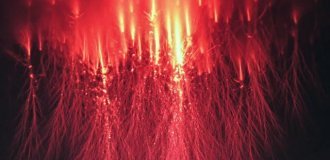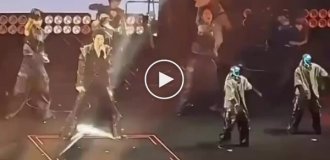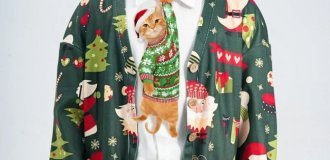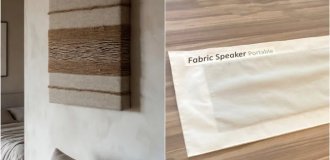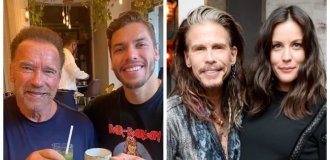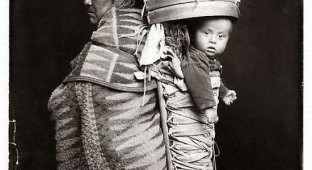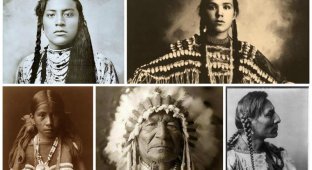Why did the Indians wear hanging fringe on their clothes (5 photos)
In most Native American tribes, men (and many women) wore clothes with loincloths tucked over belts so that the flaps (fringe) fall in front and behind. 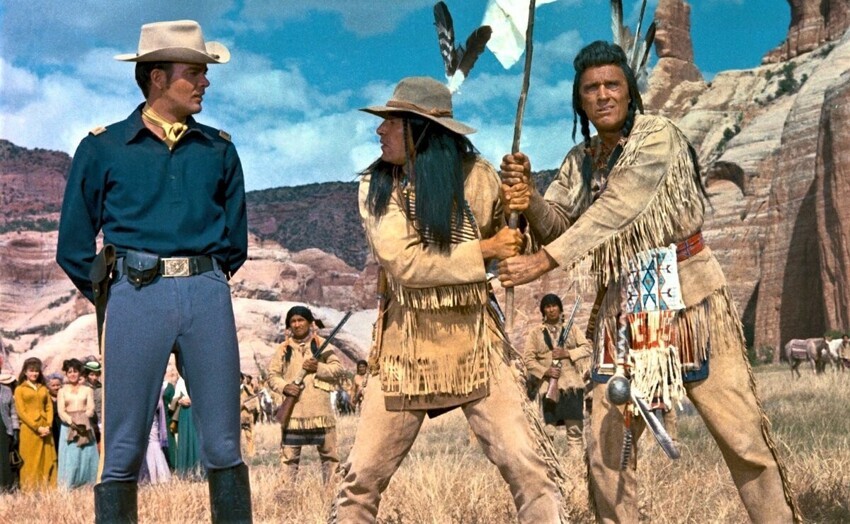
Warriors and hunters wore special combat shirts and pants deerskin, decorated with ermine tails and hanging fringe along all sleeves and trousers. Also, the Indians decorated with fringe all their weapons: bows, tomahawks, knives and even firearms.
As you might guess, the hanging fringe on the clothes of Indians were everywhere, on sleeves, on belts, on pants and even on shoes. But why did the Indians wear these hanging patches on their clothes? Just for the sake of beauty or because of some practical purposes?
A small digression into history 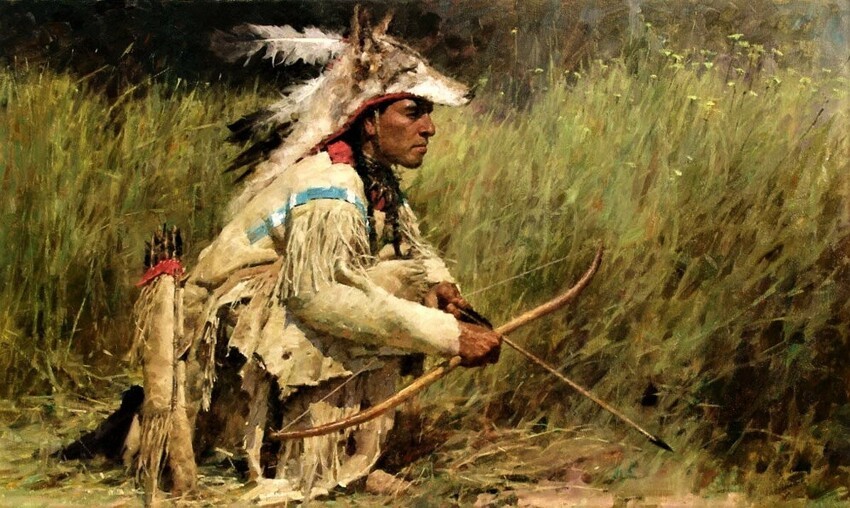
Long before the arrival of the first Europeans on the American continent, the Indians who lived in the Southwest grew cotton and produced fabric from it. However, the Indians made most of their clothes from leather because of their religious beliefs.
Native American clothing was very closely associated with the environment in which they lived and their religious beliefs. The religious beliefs of many Indians were centered around shamanism and totemism, the idea that all nature, including animals and plants, has spiritual power. Many Indians also believed that by putting the skin of a defeated animal on his body, a person can get part of the strength and patronage of this animal.
So the wearing of animal skins for the Indians has become something more than just wearing comfortable and durable clothes. This became part of Native American religious practice and a way "improve" your own body. Get on oxo, for example, a deer and those win the eagle feather (badge of honor) by yourself, show your prowess, and then sew new shoes or pants from his skin to get the strength of the animal and become faster, more agile, bolder, etc.
Almost all Indian tribes used animal skins for which they hunted or raised. They have developed unique methods tanned leather, making it incredibly soft. From this skin they sewed for themselves clothes and shoes. Some indigenous tribes such like the Apaches of the western plains and the Algonquins of the south Canada in the Great Lakes region even used leather to insulate walls their dwellings. But today we are not talking about that.
Why did the American Indians wear fringes on their clothes? 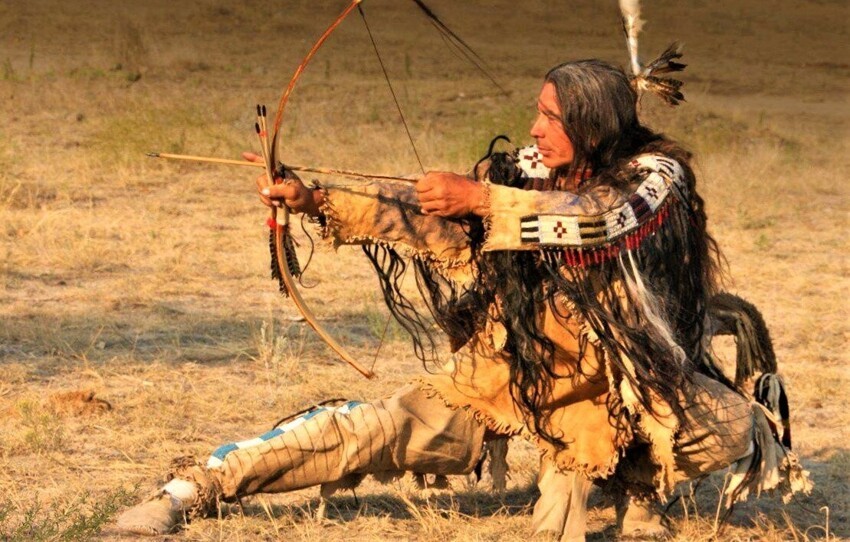
According to the tradition of some Indian tribes, if a warrior scalped his enemy, he was allowed to trim the sleeves of his tunics with a fringe of human hair in addition to the fringe of deerskin.
Native Americans are often credited with being one of the first peoples on Earth who began to use fringe when tailoring to hold clothes in the seam area, thereby replacing threads. The skin was simply held together with leather flaps, which twisted and lowered rather than cut off, thereby creating the effect hanging fringe.
Usually the fringe was made from narrow strips of leather, which were then twisted or braided and specially sewn to the end of clothes, weapons or other important items of indigenous clothing Indians. And since the Indians since ancient times believed in shamanism and energy spirits, then sewn fringe on clothes, on tools, weapons, and even on household appliances, according to their belief, it collected and dissipated the negative energy that accumulated at the seams and corners of clothing, thereby protecting Indians from evil spirits. Historian Joe Crow writes about this in his writings, researching the ancient history of Indian tribes and being an Indian himself.
The style of the hanging fringe differed among the Indians from tribe to tribe. For example, the Comanche tribe wore long, twisted stripes, tied in bundles. The tribes of the Great Plains preferred long straight lines. fringes, especially hanging down the sleeves to which they also added horse or human hair. Fringes worn on clothes forest tribes were shorter so that long strips did not cling anywhere in undergrowth (small shrubs, etc.).
And although initially the fringe of the Indians prevented unraveling of the seam of the fabric when the hemming was not used, and also due to religious beliefs, then after a long time it became used by the Indians and for many practical purposes.
Practical Purposes for Using Fringes 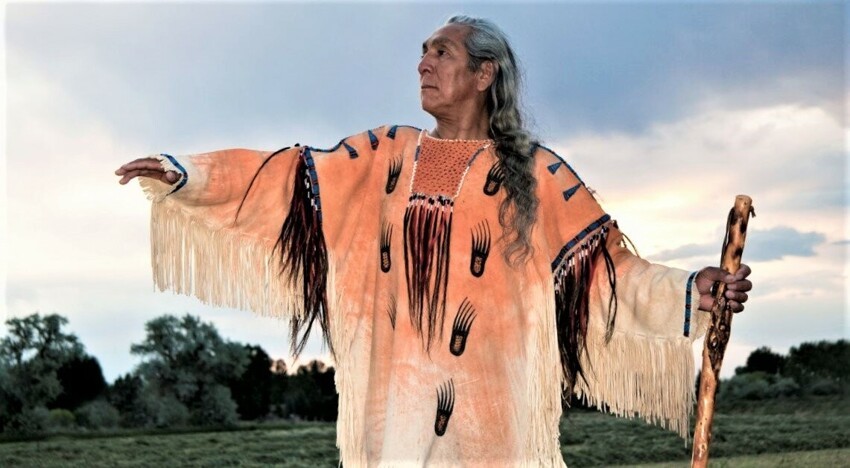
Many American sources mention the fact that that a leather fringe sewn separately to clothes served the function drainage: when along the leather and suede patches that adorned clothes, water drained faster during heavy rain and did not allow clothes to get heavy and get wet through.
Also, hanging strips of skin, the Indian could often cut off in any moment and use it to quickly repair your belongings (shoes, quiver, bow handles and covers, knife handles, fixing repairs tomahawk, fastening arrowheads to the shaft, fastenings around spearhead, straps for saddlebags and many other things, not not to mention the quick repair of clothes. In other words, wearing a fringe on Indian clothing was like wearing scotch tape, practical and comfortable. 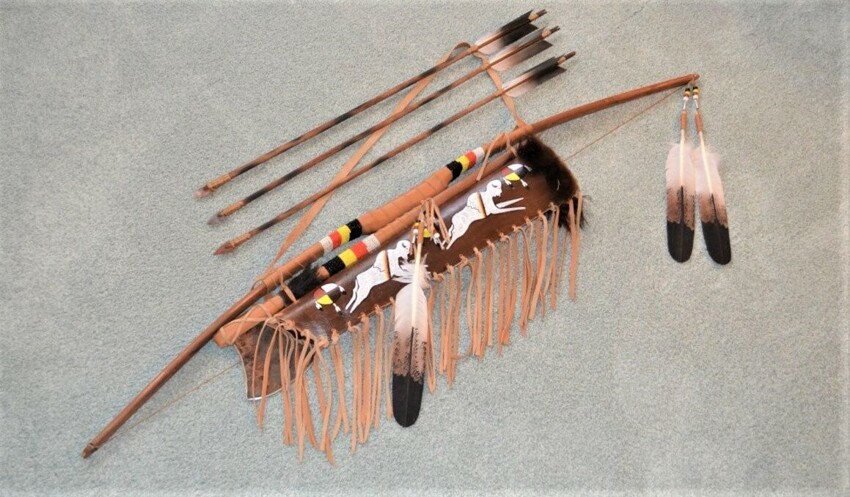
Also, the Indians of the plains and prairies wore moccasins with a dangling with a dense brush of leather fringe on the seam at the heel and on the sides of the shoe. AND such a fringe on the shoes of the Indians also played a practical task; helped cover the traces of the Indian. The Indians usually sewed their moccasins from soft tanned skins of deer, elk or buffalo.
After the arrival of Europeans on the American continent, in just for a hundred years, Indian clothes made of buckskin with fringes will be copied by the inhabitants outback, border guards, pioneers, cowboys and many other Westerners, but purely for decorative purposes.


